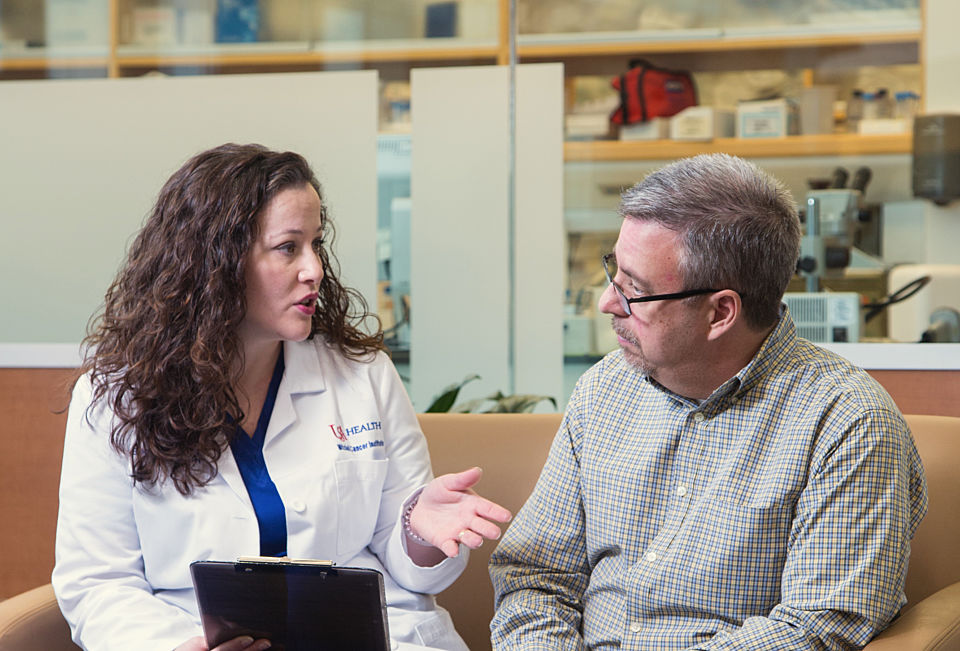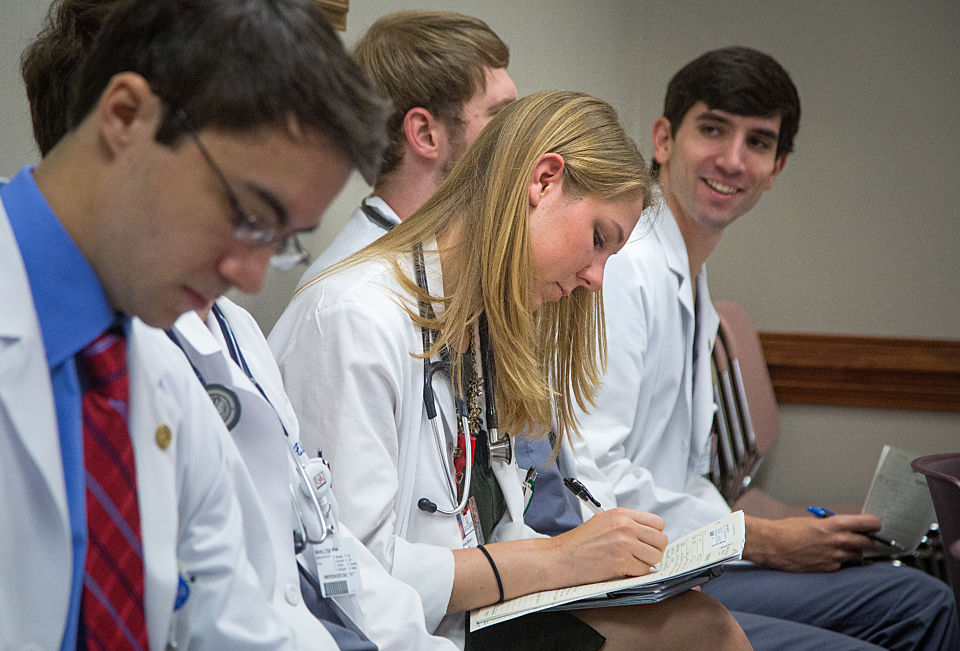About Laparoscopic Gastric Bypass
Gastric bypass surgery, also known as a Roux-en-Y procedure, is performed laparoscopically through very small incisions. The surgeon inserts very small instruments and a small camera through the incisions. The camera is connected to a monitor that the surgical team views while performing the procedure. The small incisions result in less tissue damage, fewer complications and an earlier discharge from the hospital.
Gastric bypass procedures have three phases. In the first phase, the surgeon separates the stomach into two sections using titanium staples and sutures as needed. The staples remain in place after gastric bypass surgery to permanently divide the stomach. The small upper segment of the stomach, which is connected to the esophagus, remains as the functional portion of the stomach. The larger lower segment connected to the duodenum becomes the bypassed portion of the stomach.
In the second phase of a gastric bypass, the surgeon separates a portion of the small intestine and attaches it to the newly created stomach. This section of the intestine is still functional. Where the intestine is connected to this small stomach pouch, the opening is about the size of a dime. This allows food to pass directly into the intestine, where it is digested.
In the third and last phase of the procedure, the small intestine is reconnected in the shape of a "Y." Digestive juices that form in the lower, now nonfunctional, segment of the stomach and the duodenum empty into the small intestine at the "Y." Thus, food that enters the small upper stomach pouch will mix with secretions from the lower stomach pouch and duodenum. From here, digestion and absorption of food nutrients continue in a completely normal way.
After laparoscopic gastric bypass surgery, your small upper stomach holds about one-fourth cup of food. After eating just small bites, you feel full, and your appetite is reduced. This should result in weight loss. Although the food you eat is digested, your body cannot get all the nutrients you need from food. You need vitamin and mineral supplements to help your surgical wound heal and to avoid health problems such as anemia and osteoporosis.
On average, patients lose about 70 percent of their excess weight in one year following gastric bypass surgery. Some people lose a little more, some a little less. Weight loss typically continues during the second year after gastric bypass, but at a less rapid rate.








